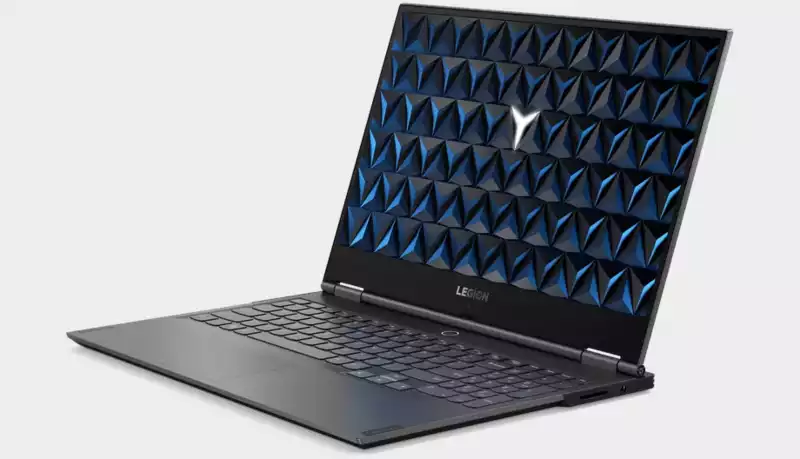Thunderbolt 3 allows PCs to use graphics cards and other PCIe devices over a single cable, but it is not a very practical solution at this time. Thunderbolt not only bottlenecks GPU performance; it also makes it difficult to use the GPU's performance, PCIe enclosures (like the Razer Core V2) usually cost hundreds of dollars by themselves. But that doesn't stop Lenovo from trying, as the company just announced a thin, lightweight "gaming" laptop designed to be used with an external GPU.
Lenovo showed off the Legion Y740S at CES 2020, the company's "thinnest and lightest gaming laptop to date." However, it only has Intel HD graphics, so it may or may not qualify as a gaming laptop; to play anything more than Minecraft or Fortnite, you'll need the Lenovo BoostStation GPU enclosure. This is cheaper than other Thunderbolt enclosures (e.g., the Razer Core X for $300), but you'll have to put in the GPU yourself; Lenovo has said it plans to sell bundles with Nvidia and AMD graphics cards at a later date.
Another problem is that the Legion Y740S is not a particularly good gaming machine, even with the additional chassis; the Core i9 H-series CPUs are fine and dandy, but the screen is only 60Hz, which is not as smooth as a 120Hz or 240Hz gaming laptop. gameplay experience like a 120Hz or 240Hz gaming laptop. There are plenty of 120Hz gaming laptops with dedicated GPUs starting at $1,099.99, about the same price as the Legion alone (though thinner).
This laptop can have up to 32GB of RAM and 1TB of SSD storage, so it might at least be a good high-performance productivity laptop. Other specs include two USB 3.1 Gen 2 ports, two Thunderbolt 3 ports, an SD card reader, a headphone jack, and a 15.6-inch screen in 1080p or 4K. Both the laptop and enclosure will be available starting in May.
Thanks, The Verge.


Comments